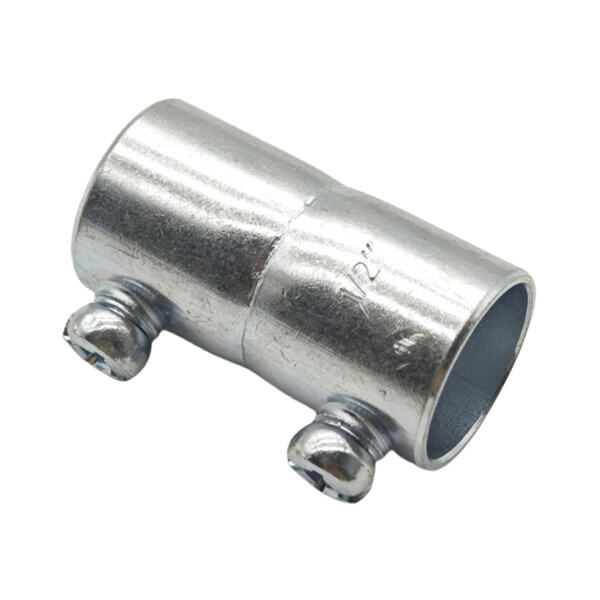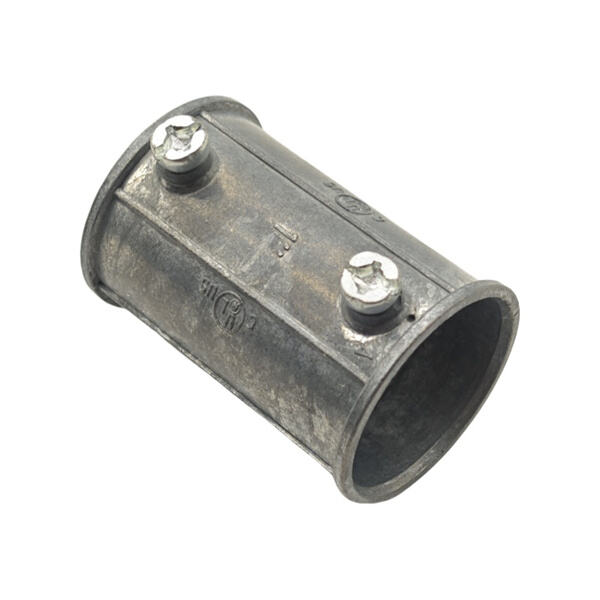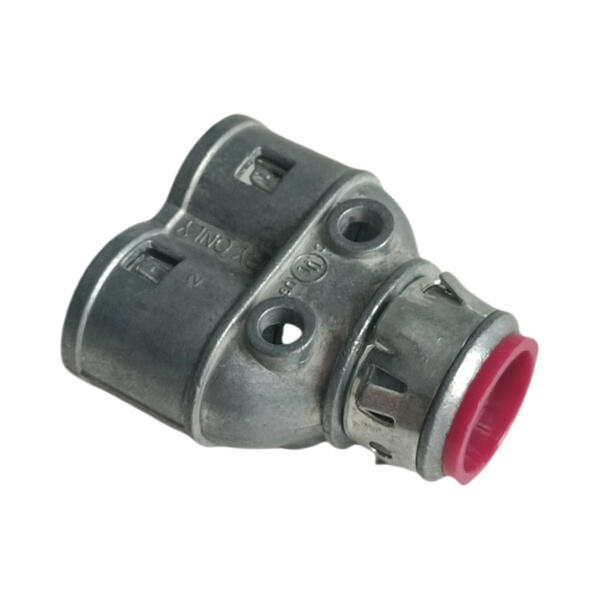Conduit pipe fittings are puzzle pieces that make building pipe railings possible. They’re little pieces that attach one pipe to another one, to keep everything where you want it to be. Imagine how frustrating it would be trying to use our pipes if we didn't have conduit pipe fittings to keep everything in check.
When selecting the correct conduit pipe fittings for your project, you must consider what material your pipes are made of and where they will be installed. Different fittings are designed for use with different types of pipes, so it’s important to know in advance which ones will be best for your project. If you’re not sure which fittings to use you can always ask an adult or a professional.

To begin using conduit pipe fittings, you'll want to be sure to have everything you need: pipes, fittings, a wrench, and possibly gloves if you want to keep your hands clean. Then, follow these steps:

Once you have finished your project, you’ll want to inspect and maintain your conduite pipe fittings on a regular basis so that everything will be in working order. Check the fittings to ensure they have not worn and show damage, rust or cracks, then replace accordingly. This will prevent any mishaps and water leaks that can damage your project from the inside out and the home.

Elbows: Elbow is used to change the direction of the pipe fittings to a 90 degree angle which allows it to re-route water around a corner.